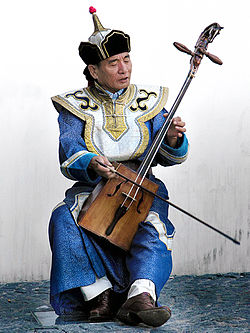Asian music encompass numerous musical styles, traditions, and forms originating in Asian countries.
Asian music traditions include:






- Music of East Asia
- Music of Southeast Asia
- Music of South Asia
- Music of Central Asia
- Music of Afghanistan (when included in the definition of Central Asia)
- Music of Kazakhstan
- Music of Kyrgyzstan
- Music of Mongolia (culturally Central Asia)
- Music of Tajikistan
- Music of Turkmenistan
- Music of Uzbekistan
- Music of Russia (indigenous peoples of the Asian part)
- Music of West Asia (Middle East)